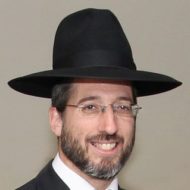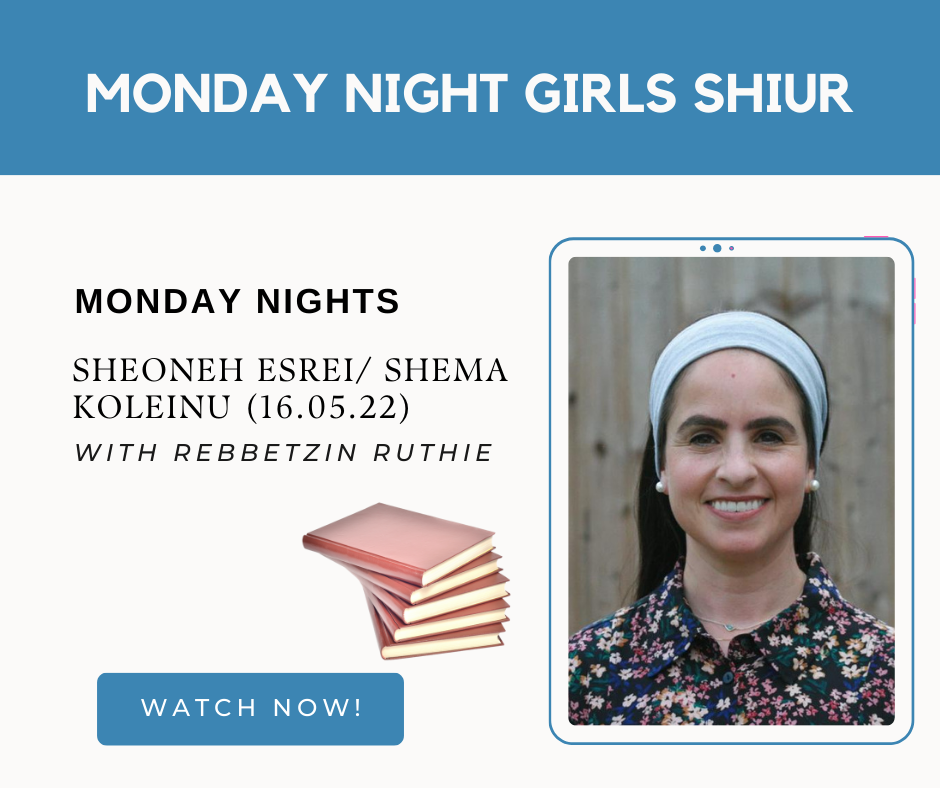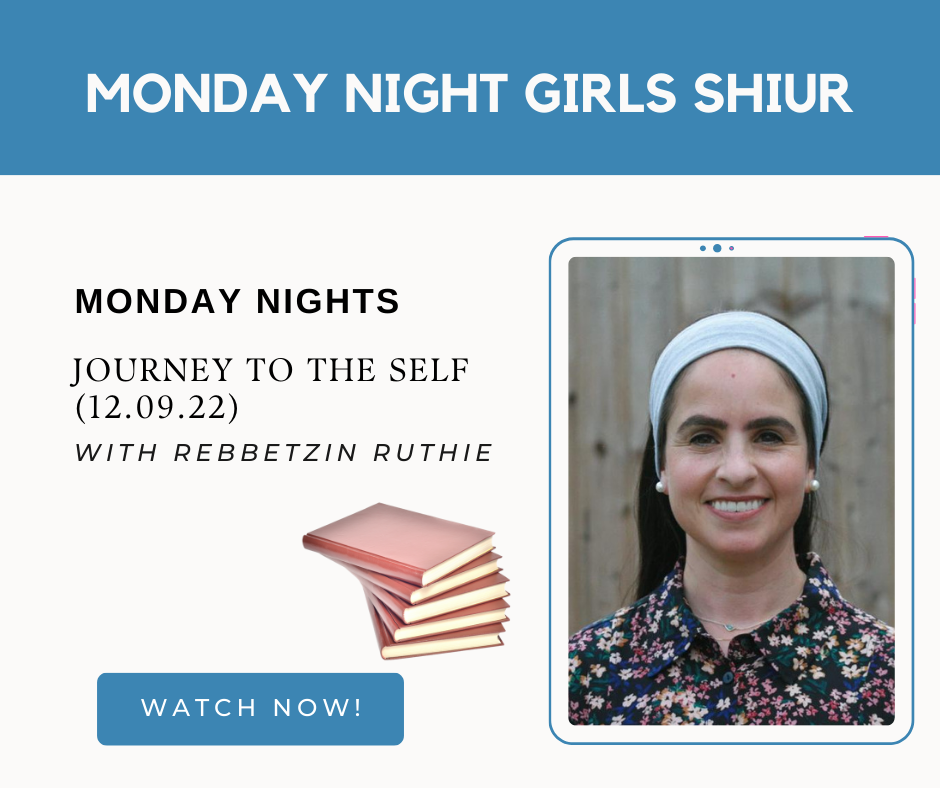
We live in a privileged generation. Whereas our grandparents found it hard to keep a kosher home, we are spoilt for choice. Kosher outlets and restaurants are opening across the country, food is being produced with flavours that were unheard of, and we have even merited drinking tea with “Parev” milk together with a meaty meal!
In this week’s Parsha we are taught about the laws of Kashrut.
We must abide by those laws and are told that this is what distinguishes us from the nations of the world, and allows us to gain and implement a high level of holiness.
What seems strange however, is the seemingly strong use of language written in the torah when it refers to non kosher animals.
Back in Parshat Noach, Rabbi Yehoshua Ben Levi derived that the Torah goes out of its way to teach us the importance of clean speech. The Torah tells us that “Noach took sets of seven males and females of each the Tahor (kosher) animal species, and one set of two Non-Tahor (non-kosher) animal species” (Bereishit 7:8-9).
Rabbi Yehoshua asks why the Torah did not just use one simple word to describe the non-kosher animals – “Tamei”, why did it say “Non Tahor”?
He explains that this is to teach us the importance of clean speech. The Torah goes out of its way, even though it is lengthier in explanation, to use cleaner speech. It prefers to avoid calling creatures, even non-kosher ones, Tamei (impure). Rather it labels them as animals that are not classified as Tahor.
So it is always good to go out of our way and say things in a cleaner way rather then using less appropriate language, even when talking about non kosher animals.
Yet in our Parsha, it seems that the Torah does not go to these lengths, rather it clearly calls non kosher animals – Tamei. It does not label them as animals that are not Tahor. It calls them Treif! Why the change? What happened to the gentle etiquette so beautifully professed by Rabbi Yehoshua?
The governor of a group of small villages decided to make an official visit to one of the more backward farm communities of his province. The mayor of the village, a simple farmer who had no idea of social graces nor etiquette, received him. The farmer’s wife made tea, the water of which was scooped from a muddy stream and set to boil. Upon sipping the first bit of the dirt-filled libation, the governor immediately spit it out and shouted, “What did you serve me? This is terrible!” The governor proceeded to show the mayor and his wife exactly how to strain water through cheese-cloth in order to make a proper glass of tea. Amazed, both husband and wife accepted the advice gratefully.
A few weeks later, there was a fire in the village. Reports to the governor said that though there had been ample water, manpower, and time to contain the blaze, for some reason the fire had managed to destroy most of the town. The governor arrived at the home of the mayor to inquire what, exactly, went wrong. “You see, dear governor,” beamed the hapless mayor, “the men were going to use the muddy brook-water to extinguish the blaze, but I stopped them! I showed them how to filter the water, and remove the small rocks and dirt. Since your visit, we never used filthy water again!”
“You fool!” shouted the governor. “You filter for tea, not a fire! When a fire is raging you must put it out immediately – even with dirty water!”
The story of Noach is a narrative. The Torah can well afford to classify the non-kosher animals in a positive light. After all, for the sake of the story it does not make a difference if the animals are referred to as Tamei or not Tahor. The Torah chose the gentler way. However when telling us the Halacha to avoid eating animals which are not kosher, the Torah does not offer circuitous etiquette, it declares boldly – “they are Treif!”
There is a time and place for every expression. When etiquette will work, it must be used; but when a fire is burning and the situation demands powerful exhortation, any water, even if it is a little muddy, must be used.
The Seforno asks why the laws of Kashrut are placed after the inauguration of the Mishkan, what is the connection? He answers by saying that the purpose of the Mishkan was to enable Hashem’s Shechina to rest within the people – Veshachanti Betocham. Not just among them, but actually within each and every one of us. Similarly the Torah is teaching us (by placing the laws of Kashrut together with the Mishkan) that a prerequisite of the Shechina resting within us is to guard what we let within us; ensure that our food is Kosher.
Our Rabbis (Sotah 12b) explain that when Batya, the daughter of Pharaoh found Moshe in the waters, she first tried to have him nursed by Egyptian women. Baby Moshe refused to cooperate because years later he would be a prophet and speak to Hashem. His body could not consume anything impure, for he was destined to speak to Hashem.
In the time of Mashiach, Hashem will infuse His spirit into all the people, “Venibu Beneichem Uvenoteichem” — “and your sons and daughters shall prophesy” (Yoel 3:1).
We are living in the times of Mashiach, the world changes around us. With Hashem’s help, eating kosher has been made easier; let us respond to this kindness and ensure our bodies are kept spiritually healthy. And may we all merit very soon, the ability to hear Hashem.
Shabbat Shalom







